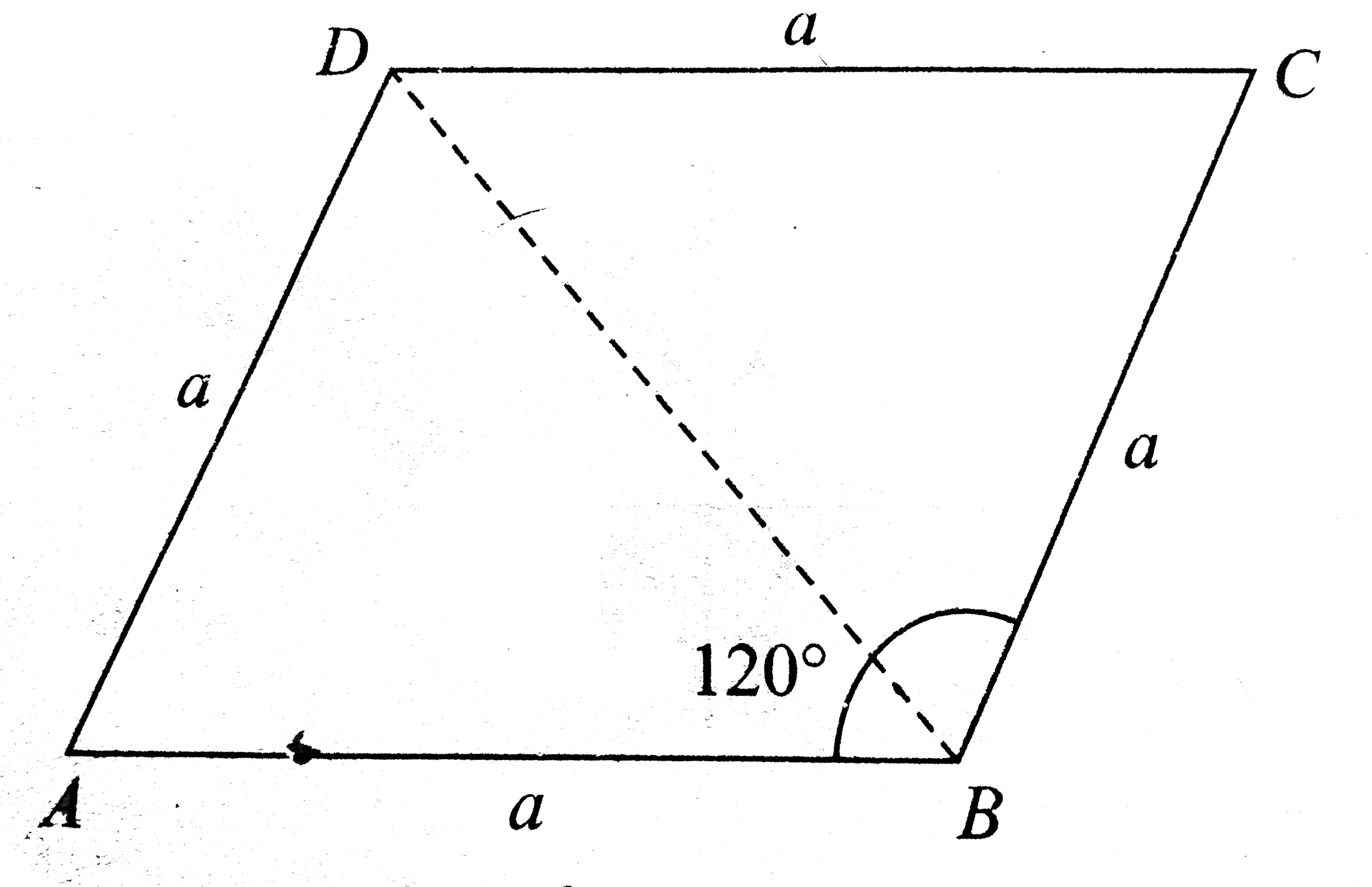State following four properties each of α, β and γ radiations : (a) nature, (b) charge, ( c) mass, and (d) effect of electric field.
To answer the question regarding the properties of alpha, beta, and gamma radiations, we will break down each type of radiation based on the four specified properties: nature, charge, mass, and effect of electric field.
1. Alpha Radiation:
- Nature: Alpha radiation consists of helium nuclei, which are made up of 2 protons and 2 neutrons.
- Charge: Alpha particles have a charge of +2 (2e), as they consist of two positively charged protons.
- Mass: The mass of an alpha particle is approximately 4 atomic mass units (amu), due to the presence of 2 protons and 2 neutrons.
- Effect of Electric Field: Alpha particles are positively charged, so they are deflected towards the negative plate in an electric field.
2. Beta Radiation:
- Nature: Beta radiation consists of electrons (β-) or positrons (β+). In this context, we will focus on beta-minus radiation, which is the emission of electrons.
- Charge: Beta particles (electrons) have a charge of -1 (−e), as they are negatively charged.
- Mass: The mass of a beta particle (electron) is approximately 0.0005 amu, which is negligible compared to alpha particles.
- Effect of Electric Field: Beta particles are negatively charged, so they are deflected towards the positive plate in an electric field.
3. Gamma Radiation:
- Nature: Gamma radiation consists of electromagnetic waves, which are a form of high-energy radiation.
- Charge: Gamma rays have no charge (0), as they are neutral electromagnetic waves.
- Mass: Gamma rays have no mass, as they are not particles but waves.
- Effect of Electric Field: Gamma rays are unaffected by electric fields, as they carry no charge.
Summary of Properties:
| Property | Alpha Radiation | Beta Radiation | Gamma Radiation |
|------------------------|--------------------------|---------------------------|-------------------------|
| Nature | Helium nucleus | Electron | Electromagnetic waves |
| Charge | +2 (2e) | -1 (−e) | 0 (neutral) |
| Mass | ~4 amu | ~0.0005 amu | 0 |
| Effect of Electric Field| Deflected towards negative plate | Deflected towards positive plate | No effect |
- Nature: Alpha radiation consists of helium nuclei, which are made up of 2 protons and 2 neutrons.
- Charge: Alpha particles have a charge of +2 (2e), as they consist of two positively charged protons.
- Mass: The mass of an alpha particle is approximately 4 atomic mass units (amu), due to the presence of 2 protons and 2 neutrons.
- Effect of Electric Field: Alpha particles are positively charged, so they are deflected towards the negative plate in an electric field.
- Nature: Beta radiation consists of electrons (β-) or positrons (β+). In this context, we will focus on beta-minus radiation, which is the emission of electrons.
- Charge: Beta particles (electrons) have a charge of -1 (−e), as they are negatively charged.
- Mass: The mass of a beta particle (electron) is approximately 0.0005 amu, which is negligible compared to alpha particles.
- Effect of Electric Field: Beta particles are negatively charged, so they are deflected towards the positive plate in an electric field.
- Nature: Gamma radiation consists of electromagnetic waves, which are a form of high-energy radiation.
- Charge: Gamma rays have no charge (0), as they are neutral electromagnetic waves.
- Mass: Gamma rays have no mass, as they are not particles but waves.
- Effect of Electric Field: Gamma rays are unaffected by electric fields, as they carry no charge.
|------------------------|--------------------------|---------------------------|-------------------------|
| Nature | Helium nucleus | Electron | Electromagnetic waves |
| Charge | +2 (2e) | -1 (−e) | 0 (neutral) |
| Mass | ~4 amu | ~0.0005 amu | 0 |
| Effect of Electric Field| Deflected towards negative plate | Deflected towards positive plate | No effect |
Topper's Solved these Questions
- RADIOACTIVITYBOOK - ICSECHAPTER - RADIOACTIVITYEXERCISE - MULTIPLE CHOICE TYPE
6 Videos
- RADIOACTIVITYBOOK - ICSECHAPTER - RADIOACTIVITYEXERCISE - EXERCISE-12(B)
19 Videos
- RADIOACTIVITYBOOK - ICSECHAPTER - RADIOACTIVITYEXERCISE - NUMERICALS
2 Videos
- QUESTION PAPER-2019BOOK - ICSECHAPTER - QUESTION PAPER-2019EXERCISE - SECTION-II
42 Videos
- REFRACTION OF LIGHTBOOK - ICSECHAPTER - REFRACTION OF LIGHTEXERCISE - DIAGRAM BASED MCQ:
5 Videos
Similar Questions
State the speed of each of α, β and γ radiations.
View SolutionState one industrial use of α,β,andγ radiation.
View SolutionState the penetrating range in air for the α, β and γ radiations.
View SolutionState one harmful effect each of the (a) ultraviolet and (b) infrared radiations
View Solution(a) What is the composition of α, β and γ radiations? (b) Can a hydrogen (11H) nucleus emit an alpha particle ? ( c) Which one α, β or γ radiation has the least penetrating power ?
View SolutionWhich of the following crystal is represented by a≠b≠c and α≠β≠γ≠90∘ ?
View SolutionArrange in increasing order of:
a. The mass of α,β, and γ
b. The penetration power of α,β, and γ
View SolutionGive one use each of (a) microwaves, (b) ultraviolet radiations, (c) infrared radiations, and (d) gamma rays.
View SolutionWhat changes occur in the nucleus of a radioactive element when it emits (a) an alpha particle, (b) a beta particle, ( c) gamma radiation ? Give one example, in each case (a) and (b) in support of your answer.
View SolutionA charge +Q at A as shown produces electric field E and electric potential V at D. If we now put charges −3Q and +Q at B and C, respectively, then the electric field and potential at D will be
 .
.
View Solution
